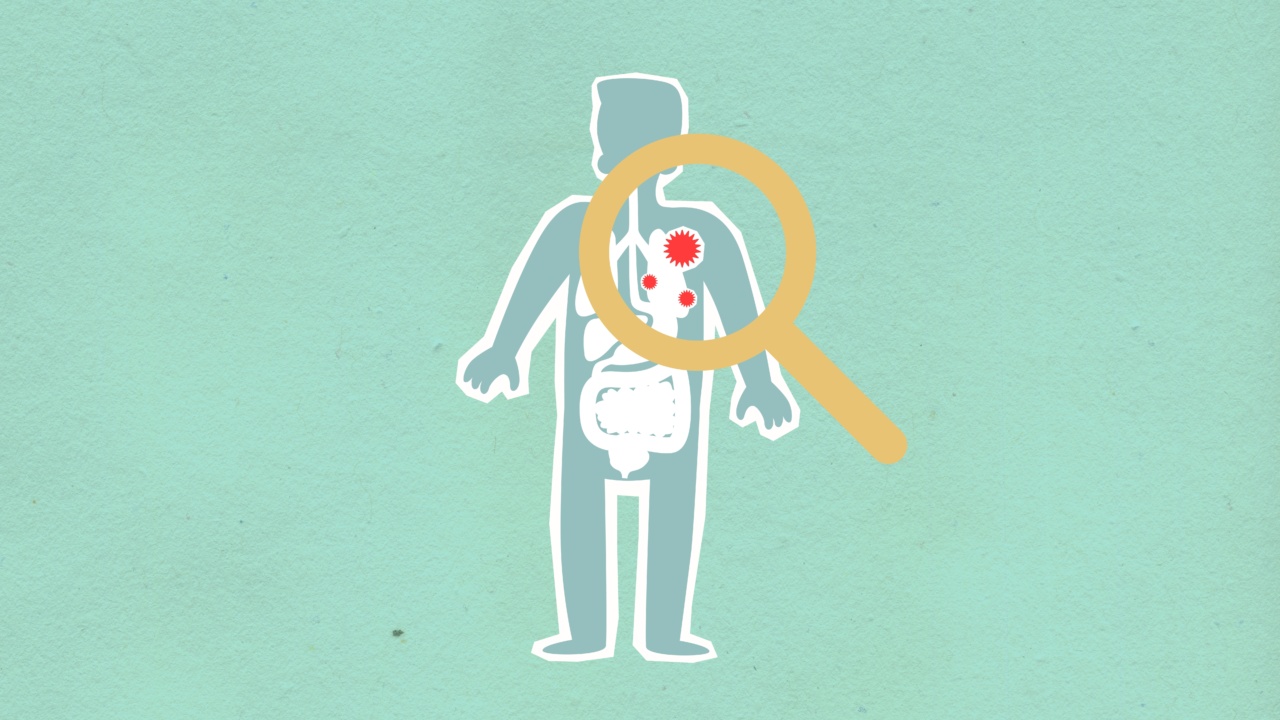Organ transplantation has been a major breakthrough in modern medicine that has saved countless lives.
However, one of the most challenging complications of organ transplant is the risk of organ rejection, which occurs when the immune system of the recipient attacks the transplanted organ as a foreign object. This can lead to serious complications and even death.
What is organ rejection?
Organ rejection is a common problem that occurs in patients who receive a transplant.
When a patient undergoes an organ transplant, the immune system, which normally attacks foreign substances such as bacteria, viruses, and cancer cells, may recognize the transplanted organ as foreign and initiate an immune response. This response can cause damage to the transplanted organ and eventually lead to its failure.
Why does organ rejection occur?
The immune system of the recipient recognizes the transplanted organ as foreign, triggering an immune response that can damage the organ and lead to rejection.
The degree of matching between the donor and recipient, as well as the level of immune suppression after transplant, can also affect the risk of organ rejection.
What are the current treatments for organ rejection?
The current treatment for organ rejection is immunosuppression, which involves the use of drugs that suppress the immune system to reduce the risk of rejection.
However, these drugs can have serious side effects, such as an increased risk of infections and cancer, and may not be effective in preventing rejection in some patients.
Revolutionary Technique for Reducing Risks of Organ Rejection
A revolutionary technique for reducing the risks of organ rejection has been developed by Dr. Xiang Zhang, a transplant surgeon at the University of California, San Francisco.
This technique involves the use of a type of stem cell called a regulatory T cell (Treg) to suppress the immune response and prevent organ rejection.
What are regulatory T cells?
Regulatory T cells (Tregs) are a type of white blood cell that play a critical role in regulating the immune response. Tregs help to prevent the immune system from attacking healthy tissues and are essential for maintaining immune tolerance.
How does the revolutionary technique work?
The technique involves isolating Tregs from the blood or tissue of the donor and administering them to the recipient along with the transplanted organ.
The Tregs then migrate to the lymph nodes and spleen, where they induce immune tolerance and prevent the immune system from attacking the transplanted organ.
What are the benefits of the technique?
The use of Tregs can reduce the risks of organ rejection and eliminate the need for long-term immunosuppression, which can have serious side effects and may not be effective in all patients.
Additionally, Tregs have been shown to have immunoregulatory properties that can help to prevent autoimmune diseases and other immune-related disorders.
What are the challenges of the technique?
One of the major challenges of the technique is the limited availability of Tregs, which are difficult to isolate and expand in large quantities. Another challenge is the potential risk of infection and cancer associated with long-term use of Tregs.
Conclusion
The use of regulatory T cells (Tregs) is a revolutionary technique that has the potential to reduce the risks of organ rejection and eliminate the need for long-term immunosuppression in transplant patients.
However, further research is needed to optimize the technique and minimize the potential risks and challenges associated with its use.































